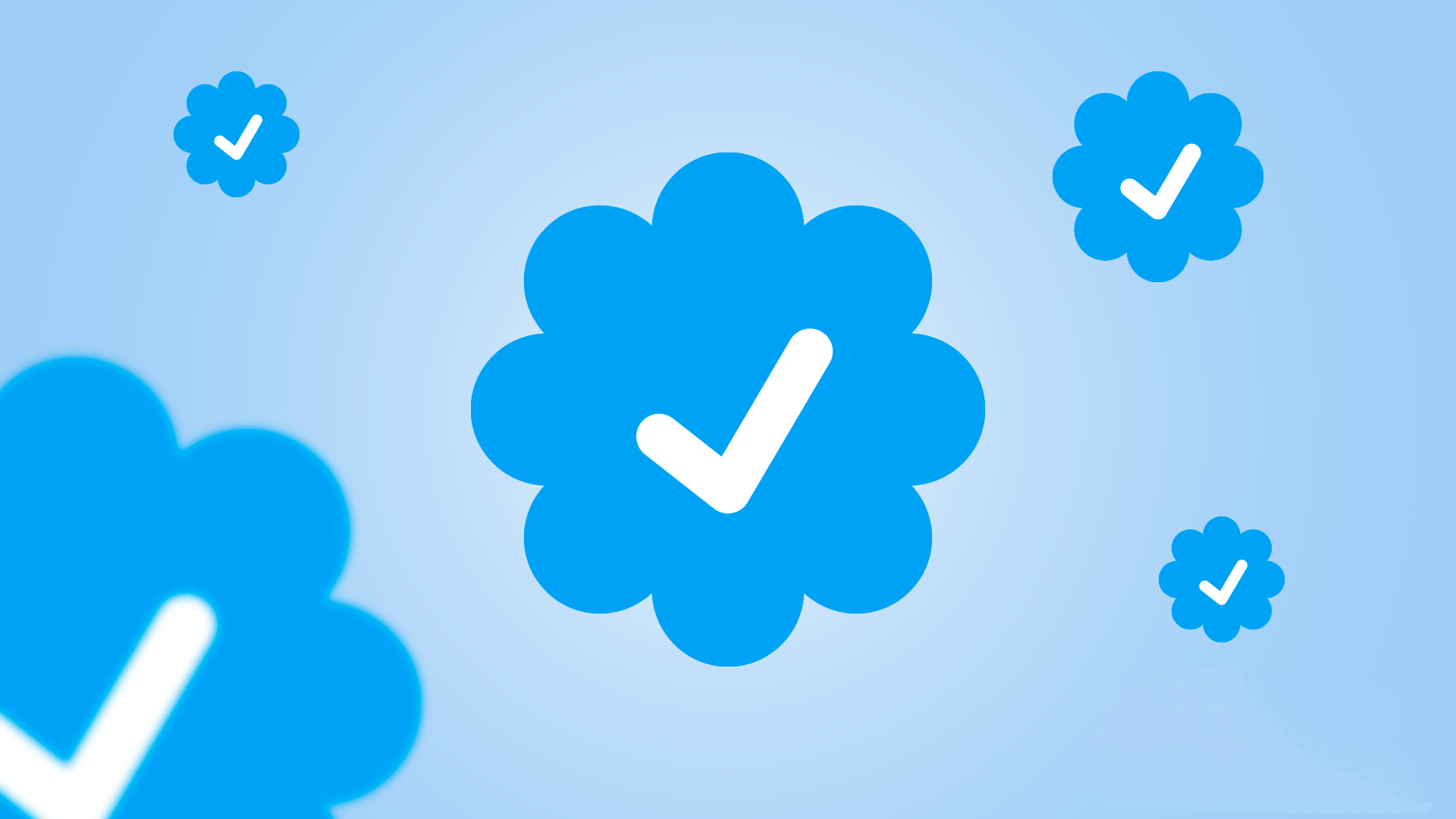
Twitter would have to reach a surreal number of paying users to depend less on advertisers, as expected by Elon Musk
Twitter is a company. And every business needs to generate cash. Since taking over the reins of the social network, Elon Musk has shown that he intends to pursue this goal with Twitter Blue , a subscription model (paid). But another well-known platform shows that this is not easy. Do you know what the proportion of paying YouTube users was in 2021? Only 2%.
It may not seem like a coherent comparison, after all, Twitter and YouTube operate different business models. But both have some features in common. Among them is the fact that its core features remain available to non-paying users.
It is therefore necessary to offer differentials to those willing to take money out of their pockets. In the case of YouTube Premium, the attractions are: no ads, background playback, video downloads and access to YouTube Music.
All this is available to those who, in Brazil, are willing to pay R$ 20.90 per month. For many people — including this one who writes to you —, it’s worth spending that amount just to not have videos started or interrupted with ads.
Despite this, Business of Apps data indicates that YouTube ended 2021 with 50 million Premium subscribers. It looks like a big number. But this amount becomes less interesting when we realize that, in the same year, YouTube registered around 2.5 billion active users.
This means that only 2% of YouTube users were paying in 2021.
It is true that in November of this year, the Premium user base reached 80 million subscribers . However, this is still a timid number in relation to the total number of users, which, in the third quarter of 2022, was close to 2.7 billion people, according to the Business of Apps.
If YouTube, with all its resources, struggles to grow its Premium user base, what about Twitter?
Musk says subscriptions are doing well, but…
Twitter Blue launched in some countries in the middle of last year. At the time, few extra features were available to subscribers, such as the option to edit tweets.
Upon taking over the social network, Elon Musk tried to tinker with Twitter Blue . A lot can still change in the modality, but the entrepreneur’s idea is to make the subscriber have benefits such as blue seal of verification and priority in search results.
The question is, how many people are willing to pay $8 a month for this (Musk’s suggested retail price)?
The verification badge was created with the original purpose of preventing fake accounts being created on behalf of individuals or organizations. Charging for it makes the purpose change to status. But why have a seal that, deep down, indicates that you are paying to be there?

On November 9, the new version of Twitter Blue was released. Shortly thereafter, Musk was asked about joining the service. Without going into details, the businessman replied : “it needs some adjustments, but, in general, it is going well”.
Two days later, the modality was suspended. Although the social network does not reveal how many users subscribed to the modality, Mashable received information from the analysis company Sensor Tower that revenue from subscriptions between November 9 and 10 was US$ 488,000. Considering the price of US$ 8, this amount corresponds to 61 thousand subscribers.
A New York Times report points out that Twitter Blue got about 140,000 subscribers. If we take into account that the platform has something around 240 million active users, it’s not much.
There is one more caveat: part of these numbers include old Twitter Blue users and accounts created by “trolls” which, as such, will not be renewed.
This would be just a detail if Musk had not made it clear that he is betting on the subscription model to generate at least half of Twitter’s revenue. It would be a way for the company to compensate the losses with the reduction of advertisers that appeared after the arrival of the entrepreneur.
Taking 2021 revenue as a reference, which reached US$ 5 billion, Twitter would need to reach the mark of 26 million subscribers paying US$ 8 per month to generate half of that amount. This represents just over 10% of the current active user base.
Even YouTube is hard
Then we go back to YouTube. The platform, with all the vastness of content it offers, needed three years to jump from 10 million (2018) to 50 million (2021) Premium subscribers. In a universe of 2.5 billion users, this corresponds to a proportion of 2%, as already mentioned.
The YouTube comparison goes to show how challenging it is for Twitter to reach at least a 10% paying user base. And there are other factors that go into this account.
One is the fact that YouTube’s revenue in 2021 stood at $28.8 billion. That means monthly revenue per user that year was just $0.96.
It’s not much, but it’s better than the monthly average of US$ 0.51 per user recorded in 2018. YouTube only achieved this increase because of its strong bet on ads. You no longer see advertisements there compared to previous years by chance.YouTube (image: Vitor Pádua/Tecnoblog)
In addition, most Twitter users access the social network via cell phones. Subscribing to the service per app requires transferring 15% to 30% of the subscription fee to the iPhone (App Store) and Android (Play Store) app stores.
It is not for nothing that journalist Mark Gurman suggests in his newsletter that Apple and Google will benefit greatly if Twitter Blue succeeds.
Perhaps Musk will come up with—or hire someone to come up with—a plan that will convince a really large number of users to pay for Twitter Blue. But for a historically free service, that sounds unlikely.
The most prudent path seems to be only one: maintain good relations with advertisers. There is still time for Musk to adopt a more conciliatory stance. A stance capable not only of bringing back advertisers who abandoned the platform after its controversial decisions, but also of attracting new ones.







